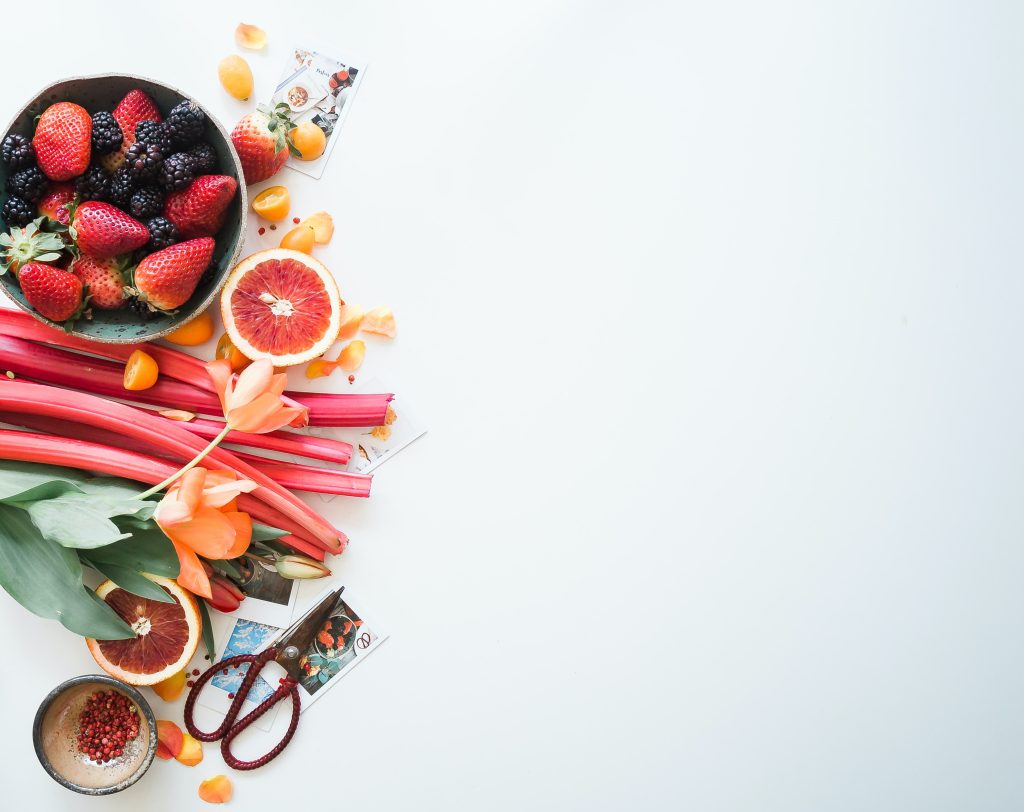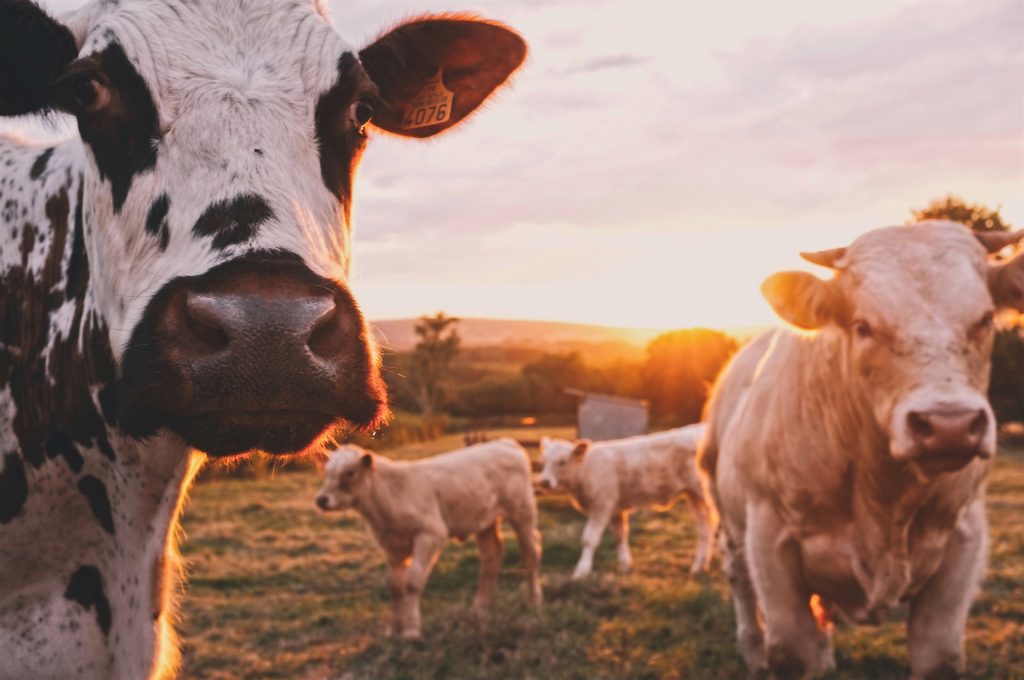Physical Address
304 North Cardinal St.
Dorchester Center, MA 02124
Physical Address
304 North Cardinal St.
Dorchester Center, MA 02124
People choose to become vegans on a yearly basis, and for good cause too! There are so many incredible ways that going vegan may enhance our lives, including wonderful health advantages, reduced environmental impact, better resource management, and many more!
There are numerous unusual motives why someone could decide to live a vegan lifestyle. It’s crucial to consider your principles and the reasons why this lifestyle appeals to you while considering making the switch to veganism. If you firmly believe in your choice, it will be simpler to maintain a significant adjustment in lifestyle. Consider the standards you hold yourself to and the principles you use to determine what is right and wrong.
We express support in today’s consumer culture by giving money. Every purchase we make functions as a vote of confidence. When we spend money on commercial goods, we are casting a vote in favor of the company’s ethics and business practices as well as the actual goods. Because of this, it’s crucial to be an informed consumer so that every dollar you spend supports a cause you firmly believe in.
One of the healthiest lifestyles is one that follows a vegan diet. Fresh fruits and vegetables, whole grains, beans, legumes, nuts, and seeds should all be abundant in plant-based diets. Vegan diets frequently include a lot of these nutritious mainstays, therefore they typically contain more vitamins, minerals, phytochemicals, and fiber. Vitamins B1, C, and E, folic acid, magnesium, and iron are plentiful in a healthy vegan diet, which is also low in saturated fats and cholesterol.
It’s crucial to remember that vegans must carefully monitor their diets to prevent certain vitamin shortages. With a vegan diet that is well-planned, there is little chance of deficiency. Visit our website’s resource Nutrition on a Vegan Diet for more details on vegan nutrition. Brenda Davis and Vesanto Melina’s book Becoming Vegan is a great resource for learning how to maintain good health while adopting a vegan lifestyle.

At one point in our evolutionary history, consuming meat was essential to our existence. In actuality, it’s one of the causes of our current presence! However, the sustainability of our current level of food production is quickly running out of natural resources. A UN report urging a global shift away from animal products was published in 2010. In this research, “Due to the increased consumption of animal products brought on by population growth, agriculture’s effects are anticipated to significantly expand. Finding alternatives to fossil fuels is challenging since people need to eat. Only a big worldwide shift away from animal products in diet would be able to significantly reduce consequences.”
Animal breeding, feeding, and care are a terribly inefficient use of our natural resources. More than half of all crops grown worldwide are fed to animals reared for sustenance. We demand an increasing amount of agricultural acreage as our population increases. Land conversion for use as agricultural land, much of which is utilized for grazing cattle, accounts for 60% of global deforestation. It is just unsustainable to continue managing our natural resources in this idiotic way.
Living a vegan lifestyle uses less land, fossil fuels, and water, which reduces air pollution and eases the strain on our natural resources. A widespread shift toward a vegan diet is the most efficient strategy to lessen the strain on our environment and may be absolutely necessary to our existence as a species given that the world’s population is predicted to exceed 9 billion by 2050.

Although many individuals claim to be animal lovers, this rarely includes the animals that are used as food, whether on purpose or unintentionally. Many people have misconceptions about how animal products are produced, and we frequently ignore cruel animal farming methods. Even when it is presented to us objectively, we tend to ignore the subject of animal welfare.
Some of the worst instances of animal abuse for food production can be seen in factory farming. Unfortunately, factory farming has the most profit and offers the most competitive prices, making it difficult or even impossible for smaller businesses to thrive without following its practices. Anyone trying to provide more compassionate alternatives has a very tough time doing it since it is just not as profitable in the face of competition from big corporations. Factory farming is a revolting industry where the wellbeing of the animals and workers is minimally considered in favor of output and profit. All that matters is money.
Here is a quick rundown of just a few of the standard procedures used in the animal husbandry sector. These are diluted representations of what millions of animals experience daily. If this bothers you, I urge you to learn more about these concerns because there is still a lot to discover.

The lives of production animals are as miserable as, if not worse than, those raised for slaughter since they spend so much time in these appalling surroundings. Profit is once more the main concern; by reducing the space and time needed to produce animal products, profit is increased.
Dairy cows must be regularly and violently artificially inseminated in order to maintain milk output. Within 24 to 72 hours of birth, the calves are separated from their mothers. The sooner the better because separation is extremely stressful for both animals and weakens the bond between moms and their calves over time. The calf’s milk is extracted for human consumption and replaced with powdered milk, which the calves eat. Depending on the gender, calves born to dairy cows are utilized for a variety of things. At 13 months old, female dairy cows start their life as dairy cows. Males may be killed for veal when they are as young as a few hours old or as old as four months. A direct by-product of the dairy sector is the veal industry.
Although a cow can live up to 20 years naturally, the majority of dairy cows are killed by the age of 4 and sold as beef. The length of time a dairy cow will live before being put to death depends on how much milk it can produce. Infertility, mastitis (infection of one or more udders), lameness, and low production rates account for 90% of dairy cow deaths.